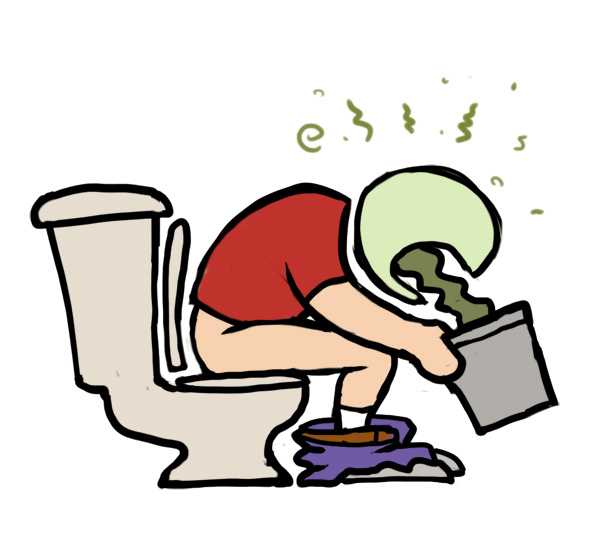
Food poisoning in an everyday situation is bad enough but at least you have access to hospitals if you need medical treatment. In a post SHTF situation, it can be deadly.
Recognizing the symptoms can be crucial too, because a case of food poisoning may present similarly to other, contagious diseases such as the flu or malaria that would cause you to isolate the person or forbid them entry into your home, compound, etc.
The first thing that you should probably know is the different types of food poisoning, because if you know the types, you know how to avoid contracting (or causing) food poisoning. Here we go.
Norovirus
Norovirus is the most common cause of food poisoning; as a matter of fact, it accounts for over half the cases reported annually. Typically, Norovirus is contacted due to poor hygiene and improper food handling. Symptoms include vomiting, diarrhea, chills, headache, low-grade fever, muscle aches and fatigue.
It’s rare for Norovirus to be severe enough to cause death, but it could happen. Also, care must be taken with hygiene because the Norovirus because it IS contagious through contact with bodily fluids.
The only real treatment for it is maintaining hydration while waiting it out. Symptoms should subside within a couple of days or sooner.
To avoid contracting it (or spreading it) wash your hands and all cooking areas and prep tools thoroughly. If somebody has it, clean everything that they come into contact with thoroughly or discard it in a hygienic manner. Somebody who’s had Norovirus shouldn’t prepare food for others for at least 2-3 days after symptoms go away.
Norovirus survives extremes in temperature so you have to kill it chemically. Bleach is a good bet. Wash your fruits and veggies thoroughly and cook all shellfish before you eat them. Don’t eat or drink after people and avoid handshaking. If you do, don’t touch your face before you wash your hands.
Botulism
The next on our list of fabulous things not to get is botulism. Caused by (continue reading)

